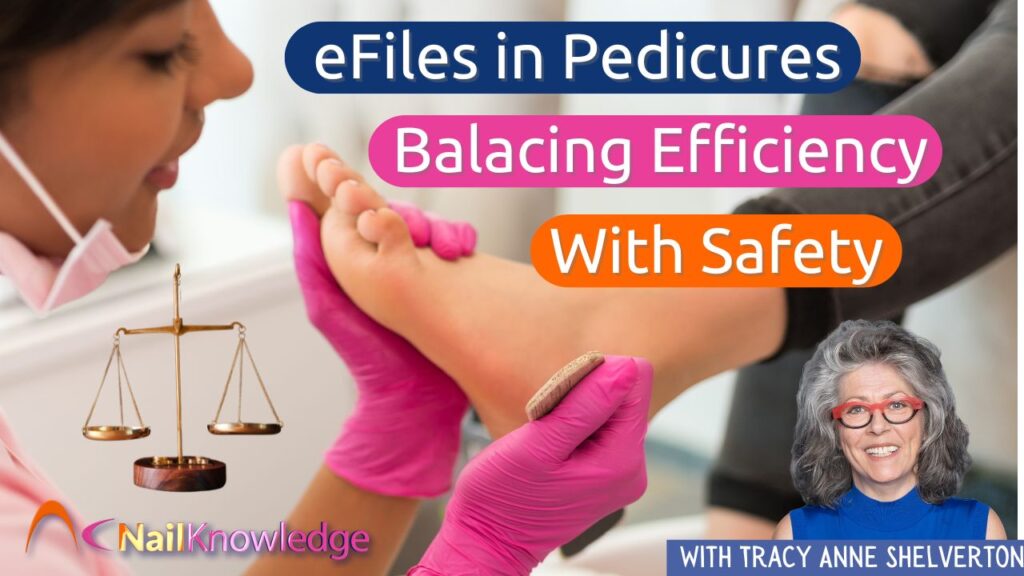In the evolving landscape of pedicure techniques, the use of electronic files (efiles) for hard skin removal has sparked a significant shift in how professionals approach foot care. With the promise of efficiency and precision, efiles offer a modern alternative to traditional methods.
However, this technological advancement also raises questions about safety and best practices. As more nail technicians and spas adopt this tool, it’s crucial to understand the right techniques to ensure a safe and effective treatment. In this article, we’ll delve into the safe use of efiles for hard skin removal during pedicures, providing professional insights and tips to help both practitioners and clients achieve optimal results without compromising safety.
Identificação de causas de pele dura nos pés e diretrizes seguras para pedicure
It’s important to realize that there could be more than one reason for hard skin on the bottom of a foot. Several factors might contribute to this common condition, ranging from natural body mechanics to external environmental influences. For instance, repetitive pressure and friction, often caused by regular walking or ill-fitting shoes, can lead to the development of thickened skin as a protective response.
Additionally, underlying health issues such as diabetes or skin conditions like eczema and psoriasis might also manifest as hard skin on the feet.
Os elementos do estilo de vida, inclusive a hidratação insuficiente ou o excesso de tempo em pé, complicam ainda mais o quadro. Compreender as causas multifacetadas da pele dura é fundamental para abordar o problema de forma eficaz e escolher o tratamento ou as medidas preventivas adequadas.
I think its easier to say IF the client has a contra indication ie Diabetes, Chemotherapy, immunotherapy, Reuma or Rheumatoid arthritis that NO cosmetic service should be undertaken simply because the complications of going to far with an efile are realistic and should not be ignored.
As desvantagens de usar um arquivo eletrônico para pedicure: Uma perspectiva cautelosa
A vantagem de um arquivo eletrônico não está clara para mim. Uma lixa de pés de qualidade deve ser mais do que suficiente para um serviço cosmético, desde que você tenha usado um amaciante de calosidades conforme indicado pelo fabricante e, mesmo assim, é necessário deixar uma camada de pele endurecida no local para evitar a produção excessiva de mais células queratinizadas pelo corpo para se proteger, criando ainda mais problemas no serviço seguinte.
Com um arquivo eletrônico, se for aplicada muita pressão, o dano ao pé, mesmo que não seja intencional, pode causar extremo desconforto ao cliente e, pior ainda, infecção com todas as complicações que isso pode acarretar.
Just because everyone is doing it doesn’t mean it’s a good thing.
Gerenciamento eficaz de calosidades: Entendendo e tratando as causas básicas
When addressing issues of excessive callous or hard skin on a client’s feet, it’s essential to investigate and treat the underlying causes, rather than merely addressing the symptoms. This approach ensures that you’re not caught in a cycle of recurring problems.
The many questions we get on this subject highlights the need for a deeper understanding of the foot’s anatomy and the complexities of its skin layers before performing any procedures.
My advice to fellow professionals is straightforward: opt for a high-quality hand file coupled with an effective callous softener. This method not only maintains the integrity of the foot’s skin but also keeps your clients satisfied and healthy.


